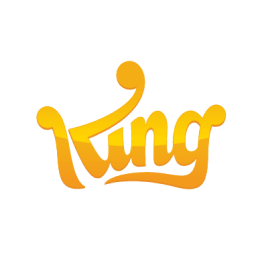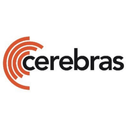Multimodal AI Algorithm Expert-EMG / Interaction Perception
bytedance
Job Summary
The Multimodal AI Algorithm Expert-EMG / Interaction Perception role at Pico involves developing deep learning models focused on sEMG, computer vision, and IMU technologies. The responsibilities include designing sEMG signal acquisition pipelines, optimizing signal quality, and preprocessing data. The role also involves exploring spatiotemporal feature fusion methods and handling sensor noise. This role requires a deep understanding of deep learning and signal processing to enhance human interaction with virtual worlds.
Must Have
- Master’s degree in a relevant field.
- Proficiency in deep learning fundamentals and model deployment.
- Familiarity with sEMG signal acquisition and processing.
- Experience with digital signal processing techniques.
Good to Have
- Experience in analyzing high-dimensional time-series data.
- Publications in top academic conferences.
Job Description
About the Team The team at Pico is dedicated to leverage technologies such as computer vision, deep learning, SLAM, 3D reconstruction, and multi-sensor fusion, we continuously expand the ways humans interact with the virtual world through handheld controllers, bare-hand tracking, eye-tracking, and XR interactive accessories, enhancing the overall interaction experience. Responsibilities: 1. Research and develop innovative deep learning models with a focus on the intersection of surface electromyography (sEMG), computer vision, and IMU technologies; 2. Design and implement sEMG signal acquisition pipelines, optimize signal quality, and perform data preprocessing tasks such as denoising and feature extraction; 3. Explore spatiotemporal feature fusion methods (e.g., Transformer, LSTM, Spatiotemporal Convolutional Networks) to achieve efficient multimodal data fusion; 4. Handle sensor noise and interference in various environments, optimize model performance, and improve the generalization of algorithms
Qualifications: Minimum Qualifications: 1. Master’s degree or above in machine learning, signal processing, computer science, statistics, speech and language technology, or a related field; 2. Proficient in the fundamentals of deep learning, with substantial experience in training and deploying deep models. Experience in fine-tuning end-to-end speech recognition frameworks (e.g., Conformer, RNN-T, LAS, CTC) and familiarity with 2D/3D perception algorithms in computer vision.; 3. Familiarity with sEMG signal acquisition and processing, including signal denoising (e.g., filtering algorithms) and feature extraction (e.g., time-domain and frequency-domain features); 4. Experience with common digital signal processing techniques, such as digital filtering, Fourier transforms, correlation analysis, and modulation. Preferred Qualifications: 1. Experience in analyzing and modeling high-dimensional time-series data, such as speech signals, neural signals, physiological signals, videos, or other sensor data. 2. Publications in top academic conferences (e.g., CVPR, ICCV, ECCV) or participation in competitions like Kaggle, COCO, ImageNet, ActivityNet, and 3D-related challenges.
4 Skills Required For This Role
Deep Learning
Computer Vision
Algorithms
Machine Learning









